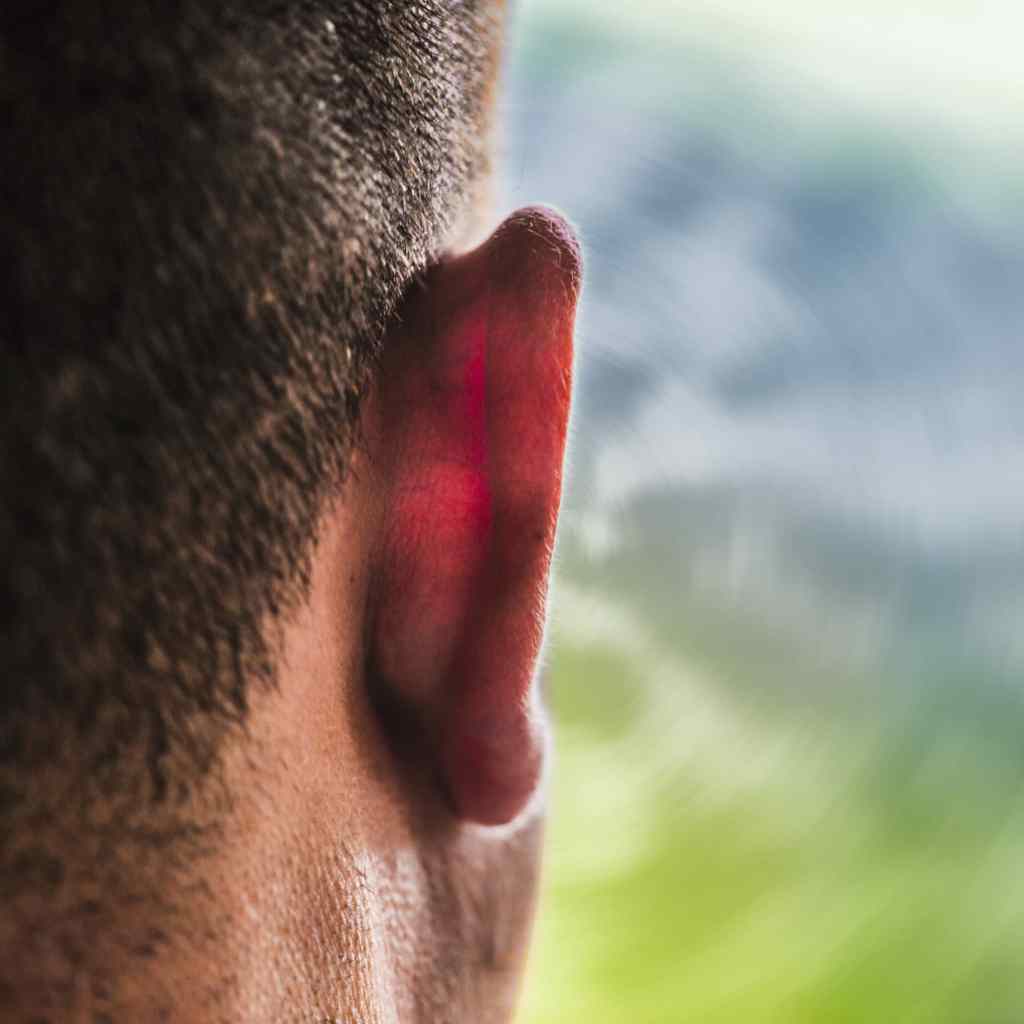Brown noise is having its moment on TikTok right now – with many users claiming that their brain is quiet “for the first time ever.” But what is it? And how is it different from white noise?
POPSUGAR spoke with licensed child and adult psychologist Dr George Sachs, who specializes in the treatment of ADD/ADHD and autism spectrum disorders, about how the trending noise can provide calming relief to the brain.
“I recommend people use brown noise when they are sleeping or whenever you’re in need of deep concentration, like in coworking sessions,” Dr Sachs says. One in three adults do not get enough sleep at night, according to the CDC. Using a noise machine or playlist with brown noise before bed may finally help you catch some zzzs.
What Is Brown Noise?
Brown noise is a type of white noise that focuses on heavy, low-frequency sounds. Like a rumble of thunder or heavy rain, brown noise has a deeper bass compared to white or pink noise, which makes it better at masking sounds and can be considered more soothing.
Brown Noise vs. White Noise vs. Pink Noise
Noise exists on a colour spectrum where the difference is in frequency. Per Scientific American, “Just as we call different frequencies of light different colours, we call different mixes of sound frequencies different colours of noise.”
White noise is similar to white light in that it contains all frequencies of sound, just like white light contains all the colours in the colour spectrum. White noise sounds like if you tuned the radio to an unused frequency.
Pink noise (a more refined white noise) turns down higher frequencies, resulting in us perceiving the colours differently. Pink noise is often compared to ocean waves, rustling leaves, or steady rainfall, per the Cleveland Clinic.
Unlike typical white or pink noise, the name “brown noise” has nothing to do with its colour but instead refers to a man named Robert Brown, who discovered Brownian motion (which creates the sound). Brown noise produces a deeper sound than white and pink noise and is sometimes called red noise. Brown-noise examples include strong, rumbling winds or thunder.
How Does Brown Noise Work to Calm the Brain?
While brown noise has not been studied in depth, pink noise is closest to it in bass and has been found to have a positive effect on environmental comfort. What’s more, research done on pink noise has shown that it prolongs deep sleep and improves memory.
Brown noise tends to resonate with people who have ADHD because they typically have “high levels of anxiety, so it’s almost like a weighted blanket for your brain,” Dr Sachs says. “The deeper the sound, the more soothing and more grounding it is compared to white noise.”
Additionally, a symptom of ADHD is hypersensitivity to sound. For example, someone with ADHD may respond to noises a neurotypical person may not notice or even hear. Brown noise may help silence distracting sounds, improving work life during the day and falling asleep at night – a life hack useful to neurodivergent and neurotypical people alike.

